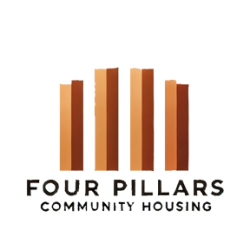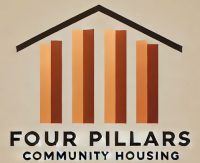
Communitization: A Community-Driven Approach to Solving the Housing Crisis
An article in The Globe & Mail recently caught my attention: “We simply don’t have enough money to solve Canada’s housing crisis.” I couldn’t disagree more. The issue isn’t the lack of money—it’s the unsustainable reliance on government funding to address this challenge indefinitely. We need a different approach, one that empowers communities to lead the way with self-funding, market-driven solutions.
Rethinking the Housing Crisis
If government funding and increased housing supply were the solutions, we wouldn’t still face a growing affordability crisis. The estimated cost to “solve” the crisis is over two trillion dollars—a daunting figure that makes traditional solutions seem impossible. But there is another way: a path that mobilizes citizens, prioritizes housing, and drives community-led solutions.
One key idea is harnessing the financial power of Canadians. Today, bonds are widely used by governments and corporations to fund projects, offering investors financial returns. Canadians collectively hold more than $4 trillion in RRSP accounts. Imagine a quarter-trillion-dollar “war chest” mobilized for affordable housing—a self-sustaining resource driven by the savings of everyday Canadians.
A New Model for Housing: Communitization
Neither government nor the private sector has adequately addressed affordability. Over the past decade, the problem has worsened, becoming untenable. To achieve meaningful change by 2035, we need a community-driven development model that empowers the non-profit housing sector to deliver affordable housing at scale. This model includes four critical ingredients:
- Zero-cost land
- Below-market financing
- Accelerated delivery
- Long-term, sustainable revenue generation
We must move away from the financialization of housing, where speculation drives costs, and towards the communitization of housing, where the focus is on community benefit.
Solutions in Action
One part of the solution lies in redeveloping existing non-profit and social housing stock at higher densities. This can be funded through Affordable Housing Bonds. Further, leveraging modular and pre-fabricated construction technologies can increase production efficiency, while reducing municipal permitting times and fees can lower development costs. Revenue can be generated through near-market and market rentals, as well as commercial and retail spaces supporting social enterprises.

